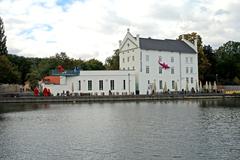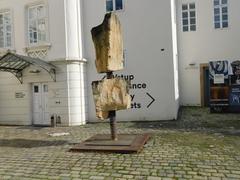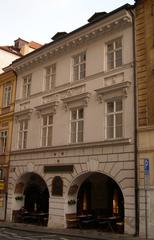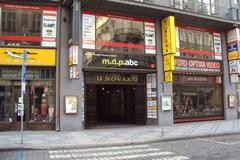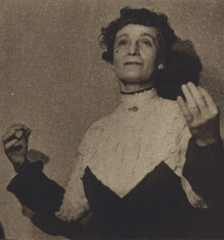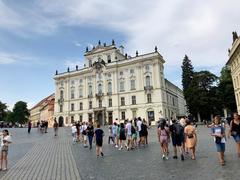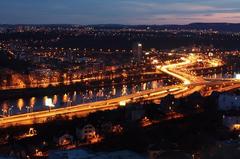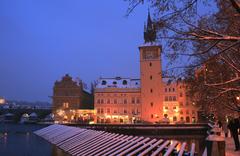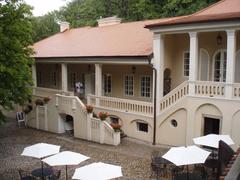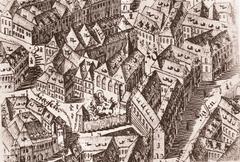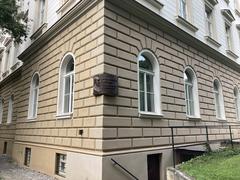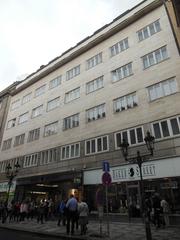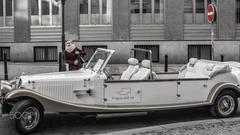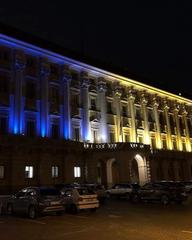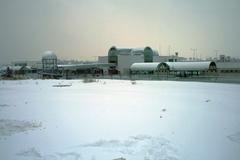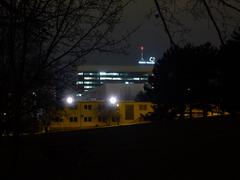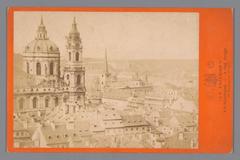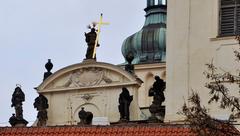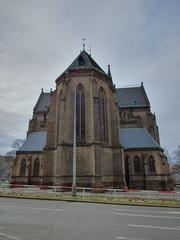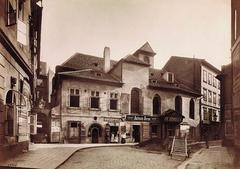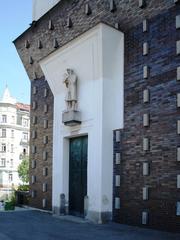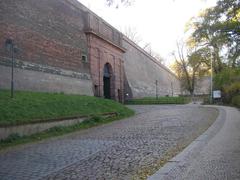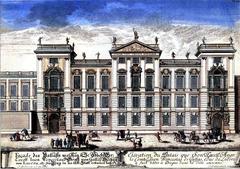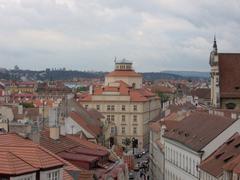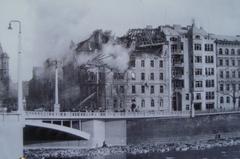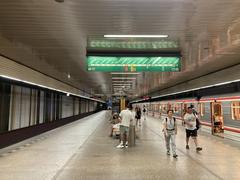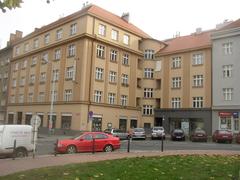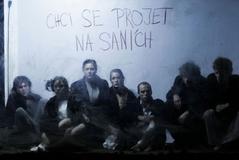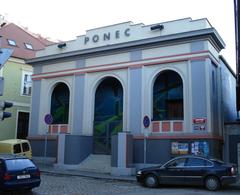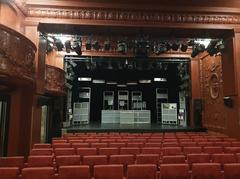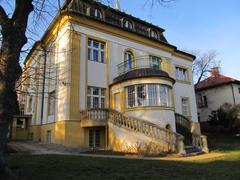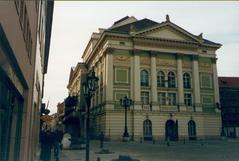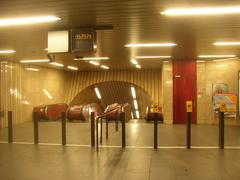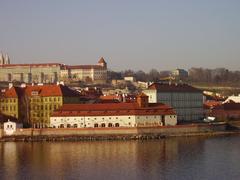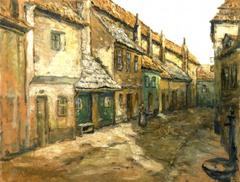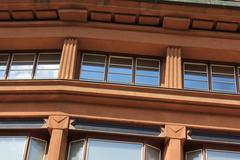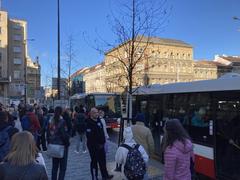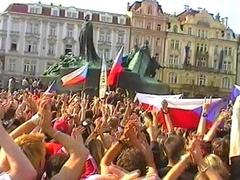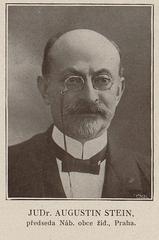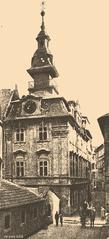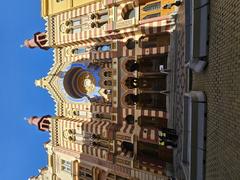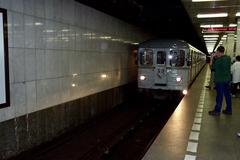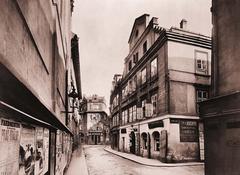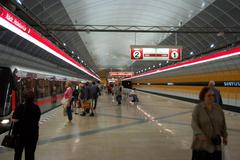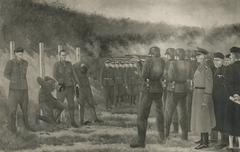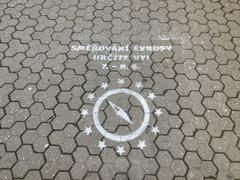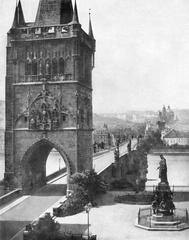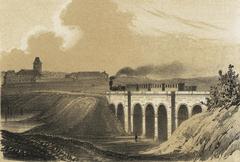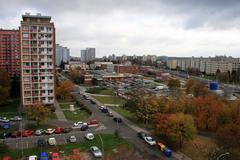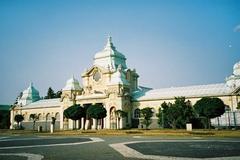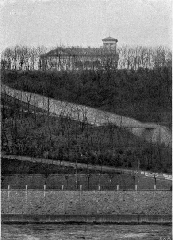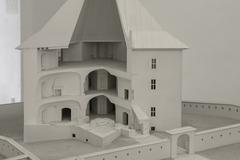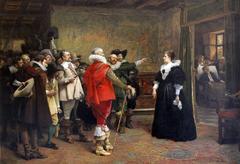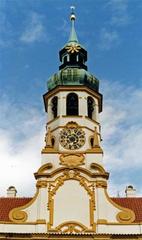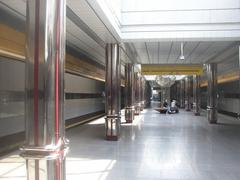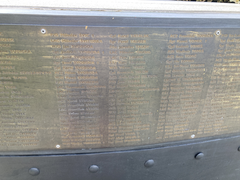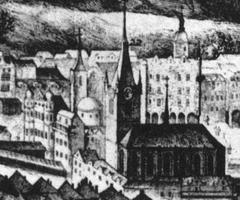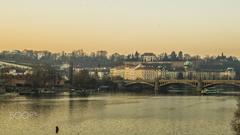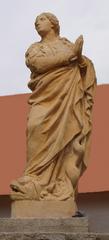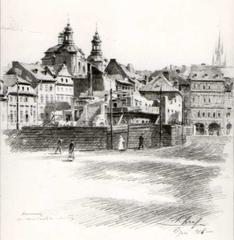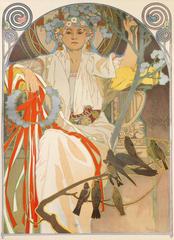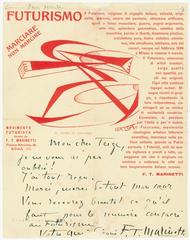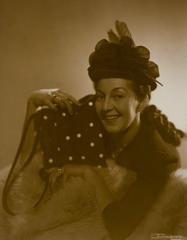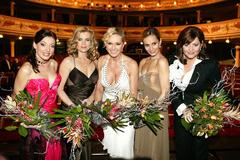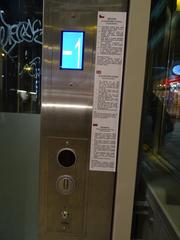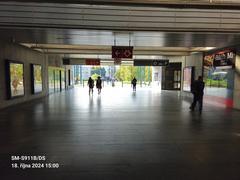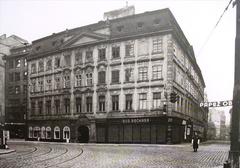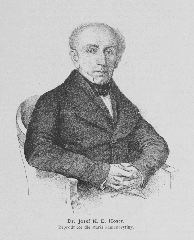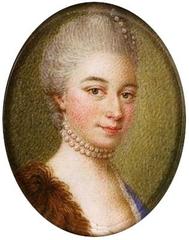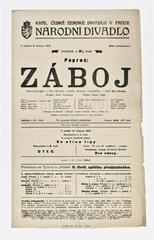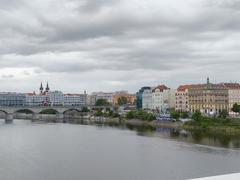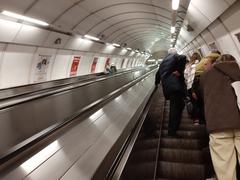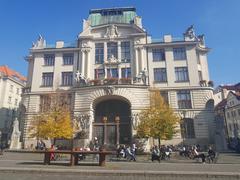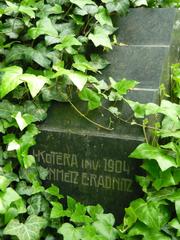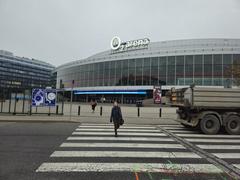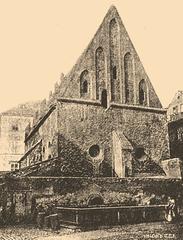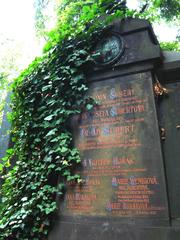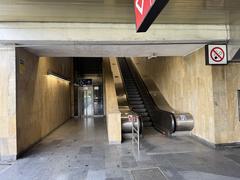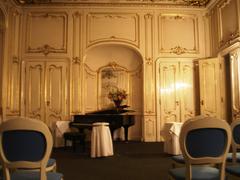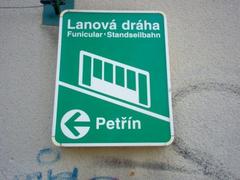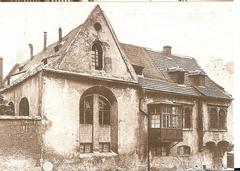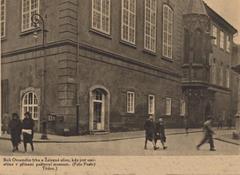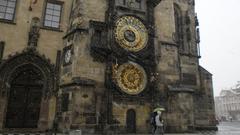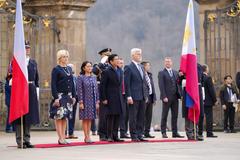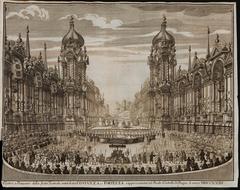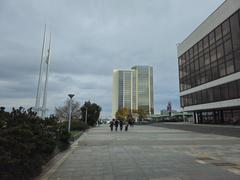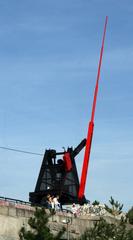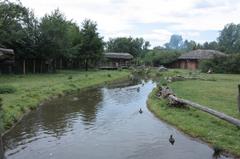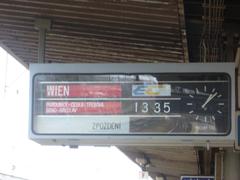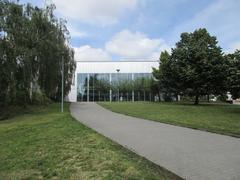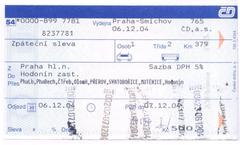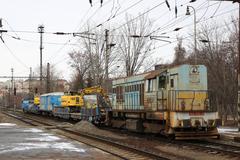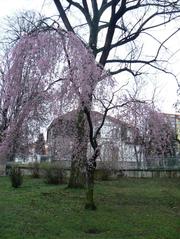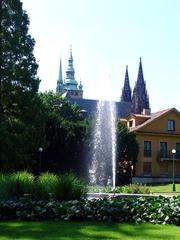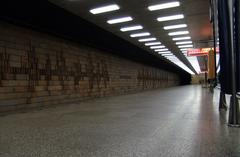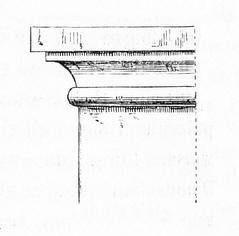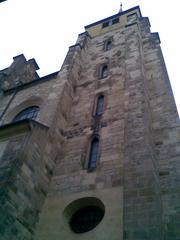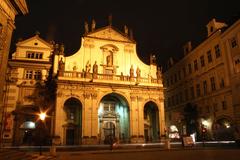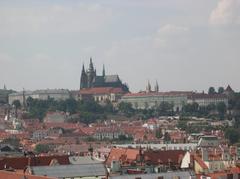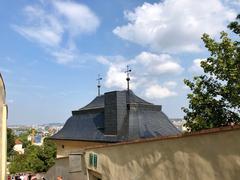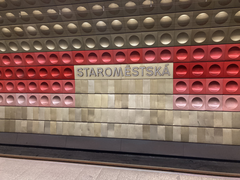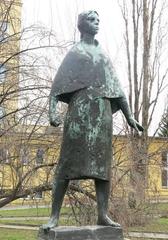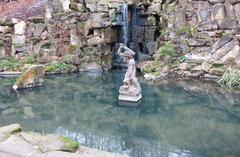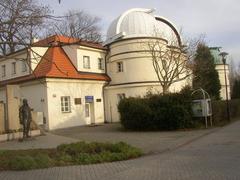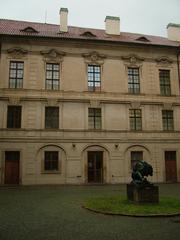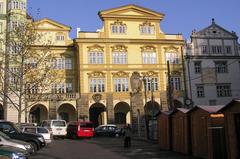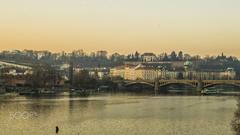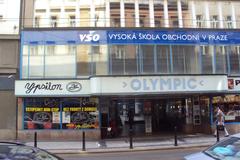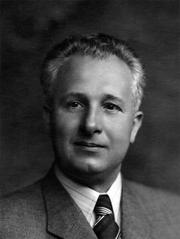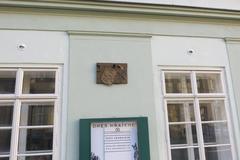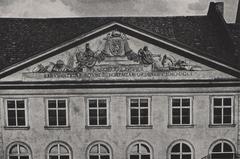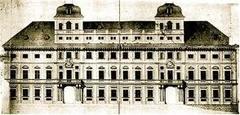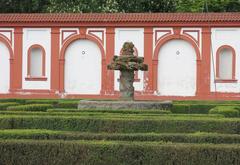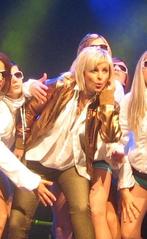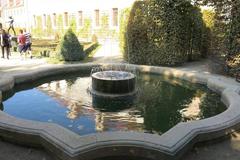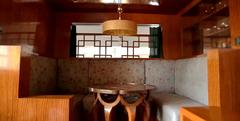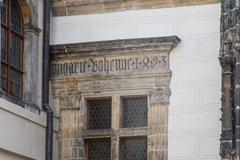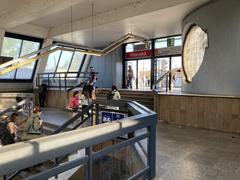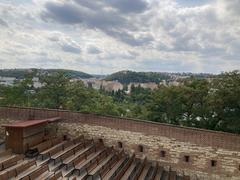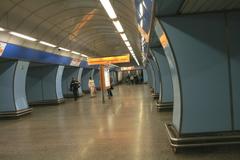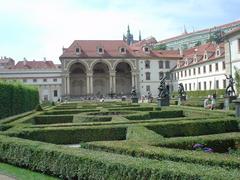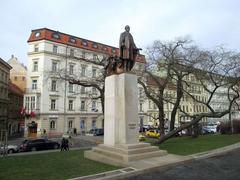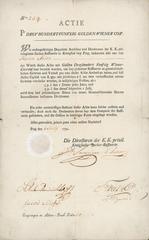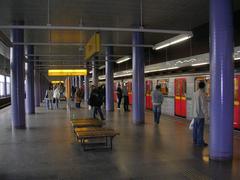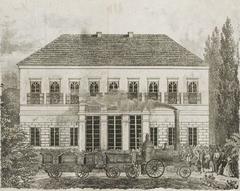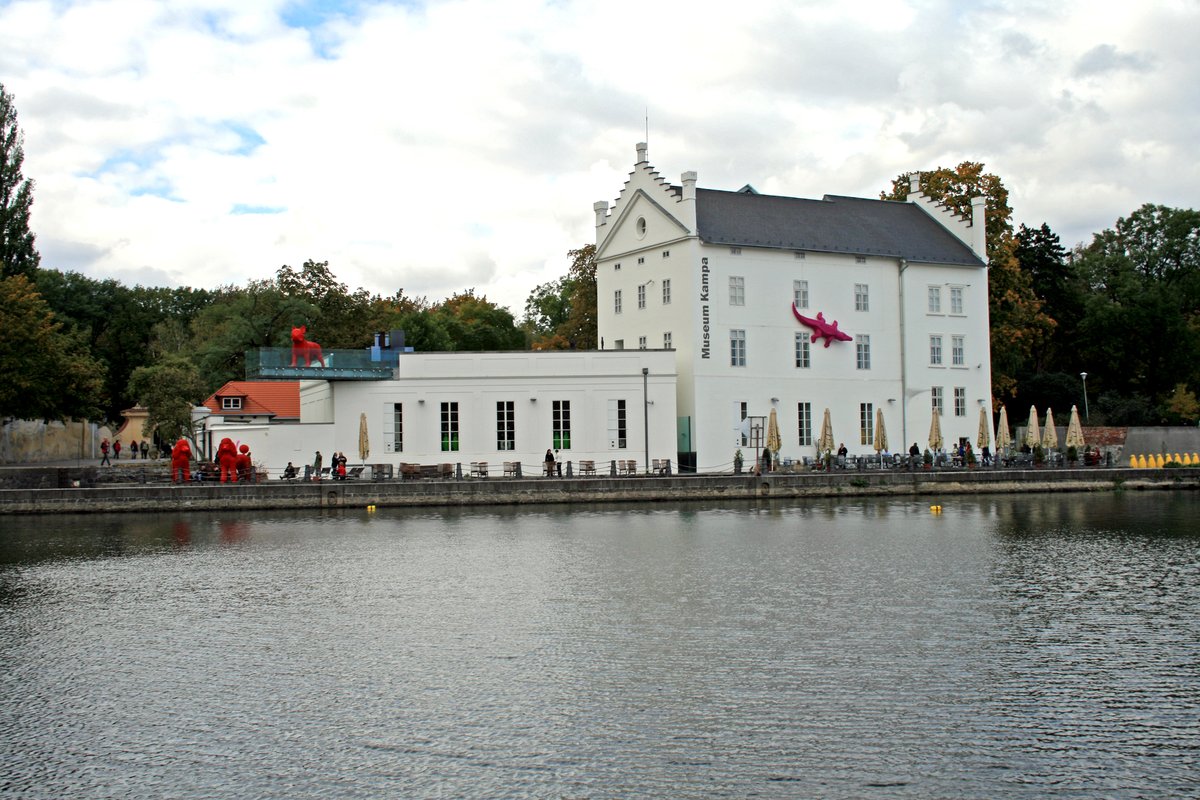
Visiting Sova’s Mills: Hours, Tickets, and Travel Tips in Prague
Date: 17/08/2024
Introduction
Sova’s Mills, located on Kampa Island in Prague, is a site of immense historical and cultural significance. Nestled along the Vltava River, this historical gem has transformed over the centuries from a medieval mill to a modern art hub. Today, it houses the renowned Museum Kampa, which showcases an impressive collection of Central European art. Visiting Sova’s Mills offers a rich tapestry of experiences, from exploring its storied past to engaging with contemporary art, making it a must-visit destination for tourists and art enthusiasts alike. This guide provides comprehensive information on the history, architectural evolution, and practical visitor details to help you make the most of your trip to Sova’s Mills (Google Arts & Culture, Pragitecture, View Prague).
Table of Contents
- Introduction
- Historical Background of Sova’s Mills
- Architectural Significance
- Cultural and Artistic Transformation
- Modern-Day Sova’s Mills
- Visitor Information
- Nearby Attractions
- Accessibility
- FAQ
- Conclusion
Historical Background of Sova’s Mills
Early Beginnings and Medieval Era
The history of Sova’s Mills on Kampa Island in Prague is deeply intertwined with the city’s rich past. The earliest surviving records mentioning a flour mill on Kampa Island date back to 1393, but scholarly research suggests that the facility was established much earlier, possibly as far back as the 10th century by members of the Convent of Benedictine Nuns at Saint George’s (Google Arts & Culture).
During the Hussite Revolution in the early 15th century, the mill was destroyed. Subsequently, the premises passed into the hands of the municipality of Prague Old Town. In 1478, the city fathers handed the site over to Václav Sova of Liboslav, who constructed a house with a combined water-propelled plant consisting of a hammer mill and a flour mill. This restored mill was named after its new owner, an identity it has retained to this day (Google Arts & Culture).
Renaissance and Industrial Transformation
The Renaissance period saw significant adjustments to the mills. However, a major transformation occurred in the mid-19th century under the ownership of František Odkolek, an eminent local businessman. In 1858, Odkolek applied for permission to convert the works to an American-type steam-propelled mill. He extended the facility by adding a two-story building, whose perimeter reached as far as the adjoining street. The reconstruction was completed with the addition of new facades in the romantic style, an engine-room, and a tall chimney (Google Arts & Culture).
20th Century and Modern Era
During the Communist regime, the mill buildings housed departments of the Czech Academy of Science. In 1999, the City of Prague concluded an agreement with the Jan and Meda Mládek Foundation for the long-term free lease and reconstruction of the building. The reconstruction was covered by the City of Prague, while the Foundation took care of the art collection that would be exhibited to the public. The reconstruction of Sova’s Mills was contracted to Studio 8000, and new glass structures designed by three Czech artists—Václav Cigler, Marian Karel, and Dana Zámečníková—were added (Google Arts & Culture).
The public could inspect Sova’s Mills for the first time on September 26, 2001, although it was officially opened on September 8, 2003, after repairing the damage caused by devastating floods in the summer of 2002 when Kampa Island was entirely underwater (Google Arts & Culture).
Architectural Significance
The architectural evolution of Sova’s Mills is a testament to its resilience and adaptability. The Gothic house and mills built by Václav Sova of Liboslav included a hammer mill, a flour mill, a sawmill, a furnace, and a cloth and tawing washboard. During the Renaissance period, further adjustments were made to the mills. In the mid-1800s, František Serafin Odkolek converted the mill to steam power and added a bakery and the main two-story house. The Gothic revival facade of 1867 is the work of Josef Zítek and Josef Schulz, whose National Theatre stands on the opposite embankment (Pragitecture).
Cultural and Artistic Transformation
The transformation of Sova’s Mills into a cultural and artistic hub is largely credited to Meda Mládková, a Czechoslovak exile living in Paris during the 1950s. She studied the history of art and built a large personal collection of paintings by artists of her personal acquaintance, including the surrealist Toyen and the abstract artist František Kupka. Together with her husband Jan Viktor Mládek, one of the founders of the International Monetary Fund, she moved to Washington in 1960. From there, they continued their invaluable task of supporting the work of Czech artists (Pragitecture).
Jan Mládek died in 1989, just four months before the Velvet Revolution. However, his and his wife’s legacy lived on in the form of the reconstructed mill complex, now one of the city’s most important artistic collections. Meda Mládková passed away in 2022, but her contributions to the art world and the preservation of Sova’s Mills remain significant (Pragitecture).
Modern-Day Sova’s Mills
Today, Sova’s Mills is home to Museum Kampa, a modern art gallery showcasing Central European, and particularly Czech, works. The pieces are from the private collection of Meda Mládek. The museum opened in 2003 and is housed in Sova’s Mills on the eastern bank of Kampa Island on the River Vltava. A large sculpture of a chair by Magdalena Jetelová outside the museum serves as a prominent landmark visible from across the Vltava (Wikipedia).
The museum also had its new visual symbol—a four-meter-high wooden chair weighing two tons. However, it was taken by the flood in 2002. The chair was then replaced by a new six-meter one made of poplar wood, which was removed in 2012 due to the disruption of the wood structure (View Prague).
Visitor Information
Visiting Hours
- Monday to Friday: 10:00 AM - 6:00 PM
- Saturday and Sunday: 10:00 AM - 7:00 PM
Ticket Prices
- Adults: CZK 150
- Students and Seniors: CZK 80
- Children under 12: Free
Special Events and Guided Tours
Museum Kampa frequently hosts special exhibitions and guided tours. Check their official website for the latest schedule and booking information (Museum Kampa).
Nearby Attractions
- Charles Bridge: Just a short walk from Sova’s Mills, this iconic bridge offers stunning views of Prague.
- Lennon Wall: A colorful tribute to John Lennon and a symbol of peace and love, located nearby on Kampa Island.
- Prague Castle: A must-visit historical site, easily accessible from Sova’s Mills.
Accessibility
Sova’s Mills is wheelchair accessible, with ramps and elevators available for visitors with mobility issues. For further assistance, contact the museum staff in advance (Museum Kampa).
FAQ
What are the visiting hours for Sova’s Mills?
- Sova’s Mills is open Monday to Friday from 10:00 AM to 6:00 PM, and on weekends from 10:00 AM to 7:00 PM.
How do I purchase tickets for Sova’s Mills?
- Tickets can be purchased at the museum entrance or online through the Museum Kampa’s official website (Museum Kampa).
Are there any guided tours available at Sova’s Mills?
- Yes, guided tours are available. Check the museum’s official website for the latest schedule and booking information (Museum Kampa).
Is Sova’s Mills accessible for visitors with disabilities?
- Yes, Sova’s Mills is wheelchair accessible with ramps and elevators (Museum Kampa).
Conclusion
The historical journey of Sova’s Mills from a medieval flour mill to a modern art gallery encapsulates the resilience and cultural richness of Prague. Its transformation over the centuries, marked by destruction, reconstruction, and artistic revival, makes it a significant landmark in the city’s architectural and cultural landscape. Visitors to Sova’s Mills can not only appreciate its historical significance but also enjoy the vibrant art collections that it houses today.
Call to Action
Plan your visit to Sova’s Mills today and immerse yourself in the rich history and vibrant art collections of Museum Kampa. Download our Audiala mobile app for more travel tips and updates, and follow us on social media for the latest news and events.
